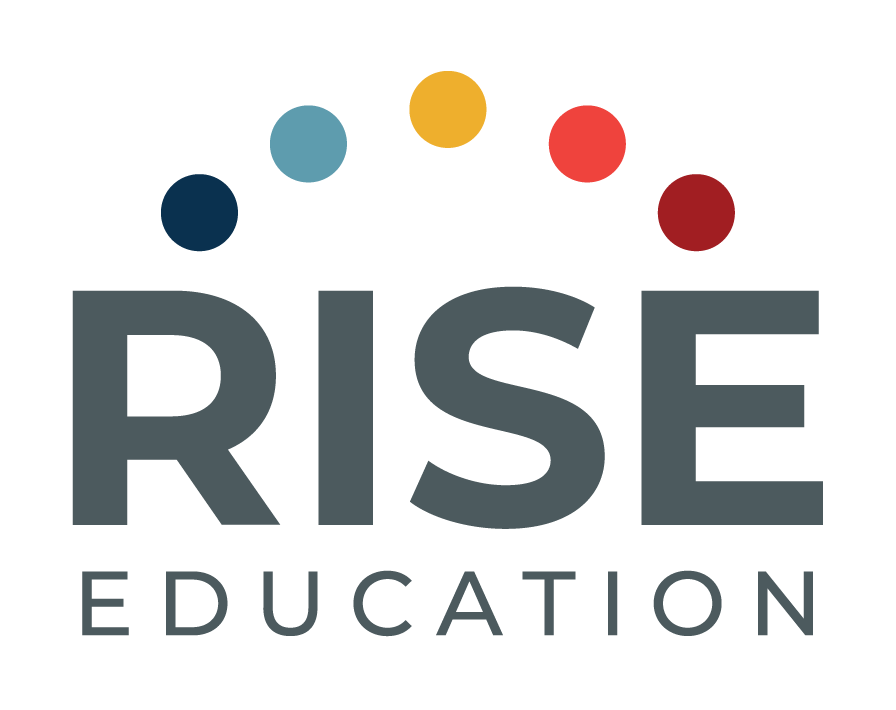
Language is a vital part of human culture. From the melodious tones of Mandarin to the rhythmic cadence of Spanish, each language encapsulates the essence of its respective culture, providing a distinctive lens into the minds of its speakers.
Through learning multiple languages, children are not only able to expand their communication skills but also gain a broader understanding of the world around them. From the cultural understanding to cognitive benefits and enhanced problem solving skills, there are countless benefits to embracing multilingualism at a young age.
- Cultural Understanding: Language serves as the cornerstone of any culture. By learning a second language, children gain invaluable insights into different cultures, fostering empathy, tolerance, and a broader worldview.
- Early Advantage: In one of the largest language studies ever conducted, involving over 600,000 participants, researchers found that the ideal time for children to begin learning a language is before the age of 10. This early start offers the greatest potential for achieving native-like grammatical fluency.
- Multilingual Advantage: Speaking more than one language opens doors to enhanced communication and collaboration in an increasingly globalized society. Bilingual individuals not only expand their career prospects but also enrich their social and cultural networks.
- Brain Health: Learning a second language can be a powerful defense against Alzheimer’s disease. Studies have shown that bilingual individuals experience delayed onset of Alzheimer’s symptoms by an average of four years compared to monolinguals, highlighting the cognitive benefits of bilingualism.
- Critical Thinking Skills: Learning a second language is a mental workout that strengthens critical thinking, problem-solving, and creativity. Studies consistently demonstrate that bilingual individuals exhibit enhanced cognitive abilities and adaptability, essential skills in today’s rapidly changing world.

